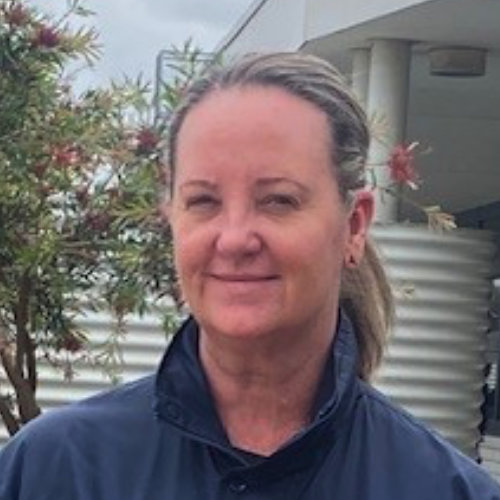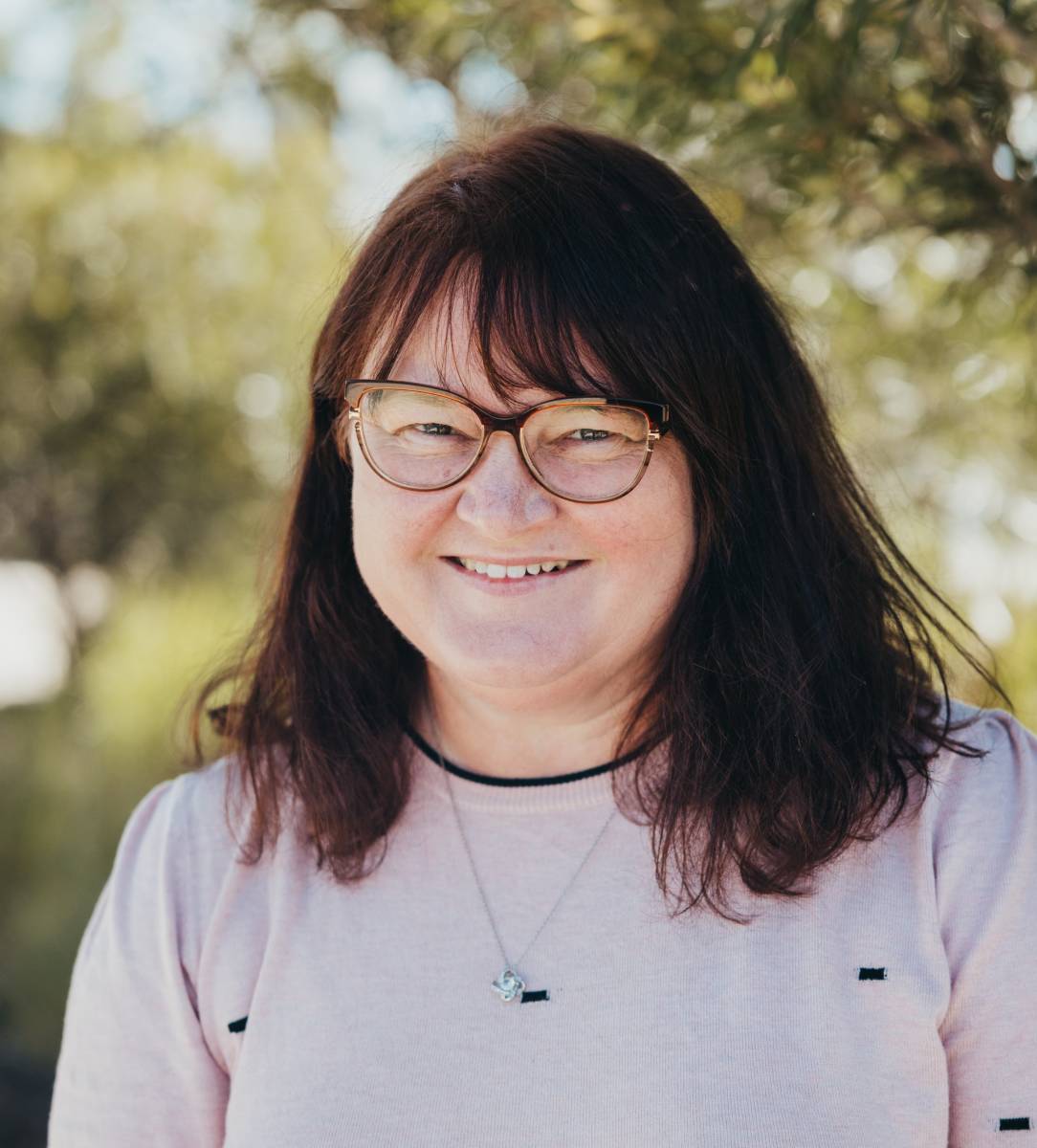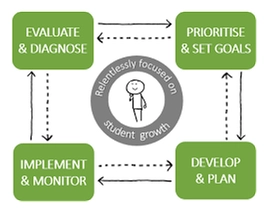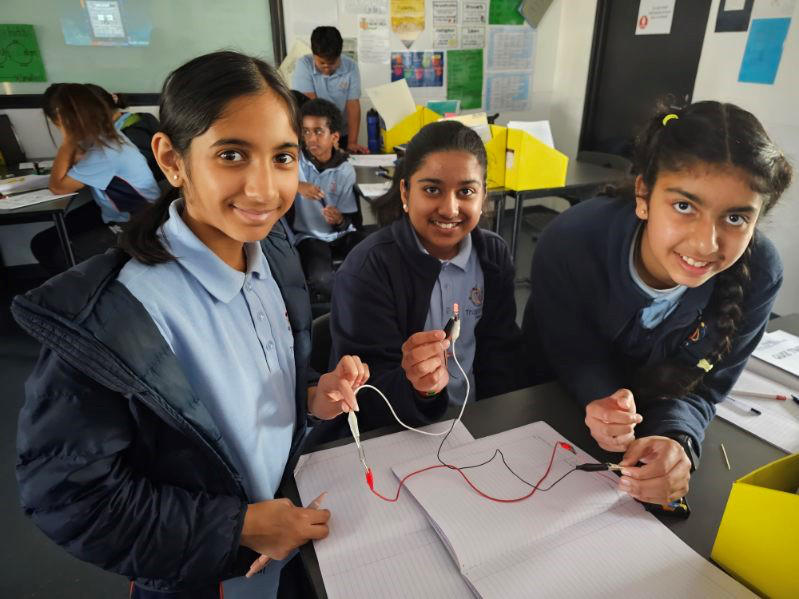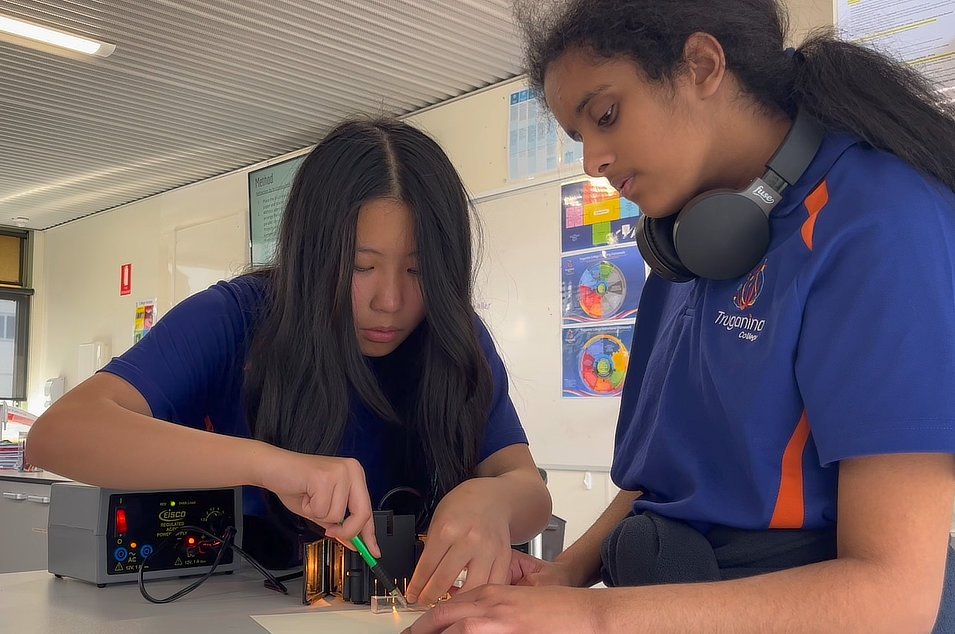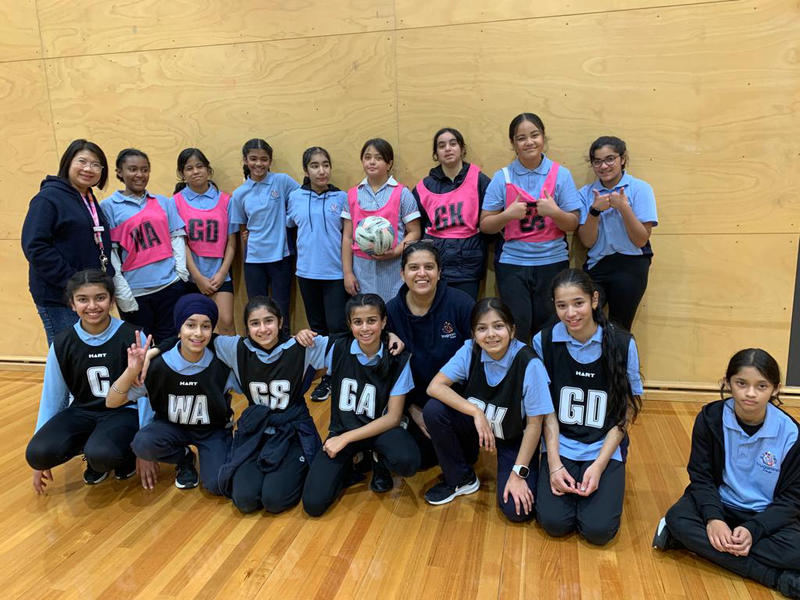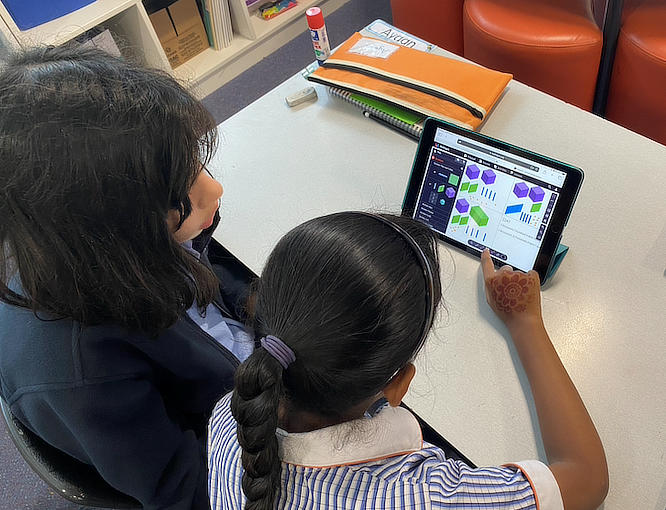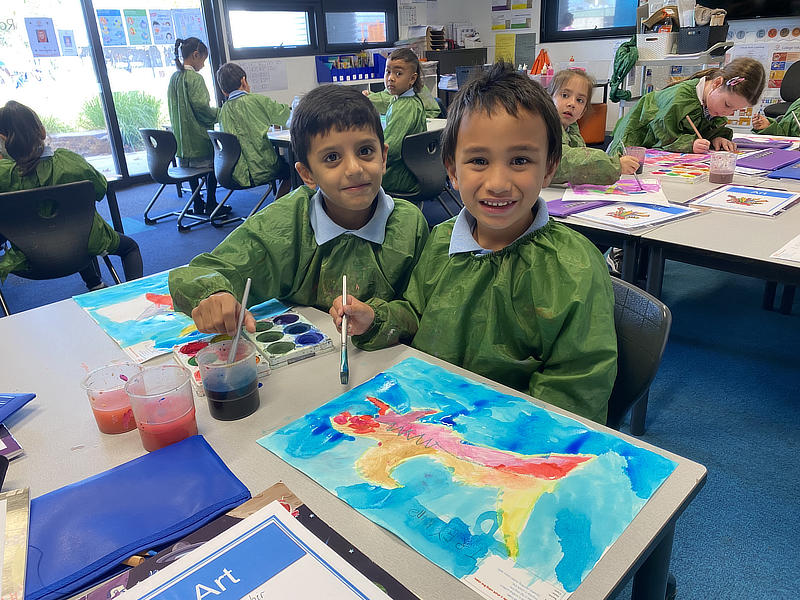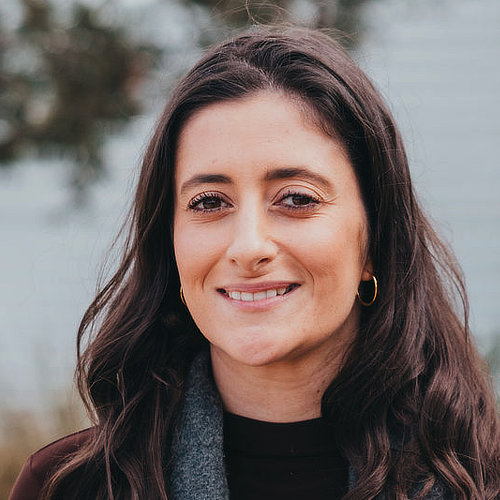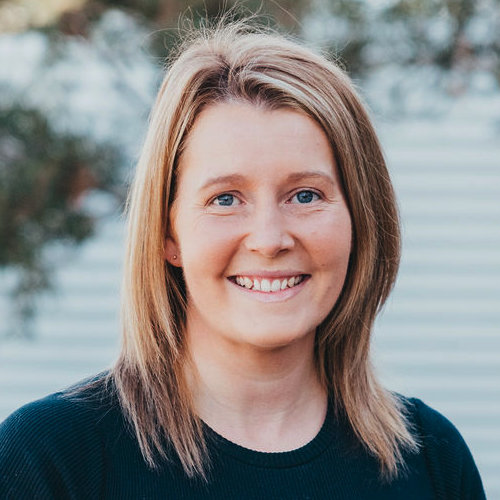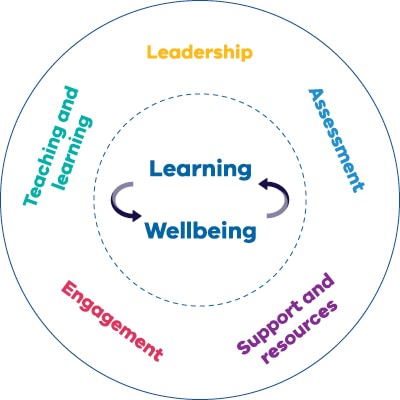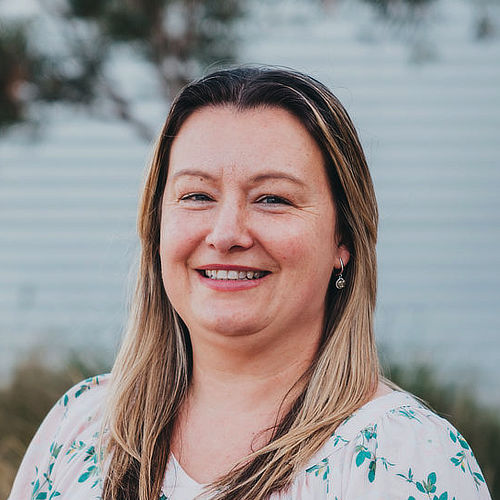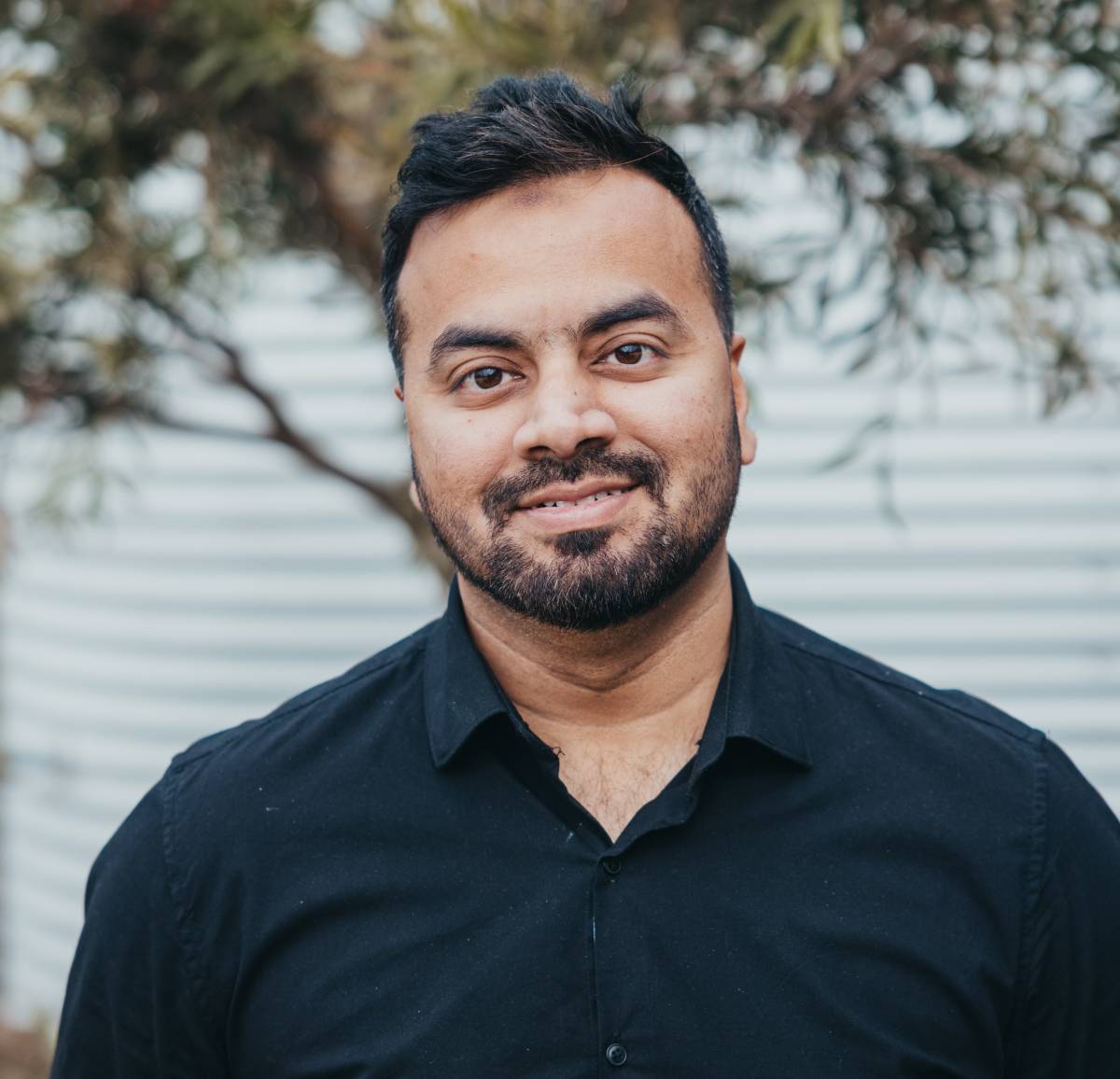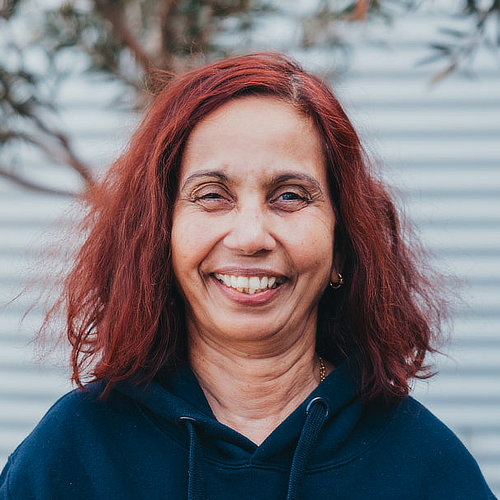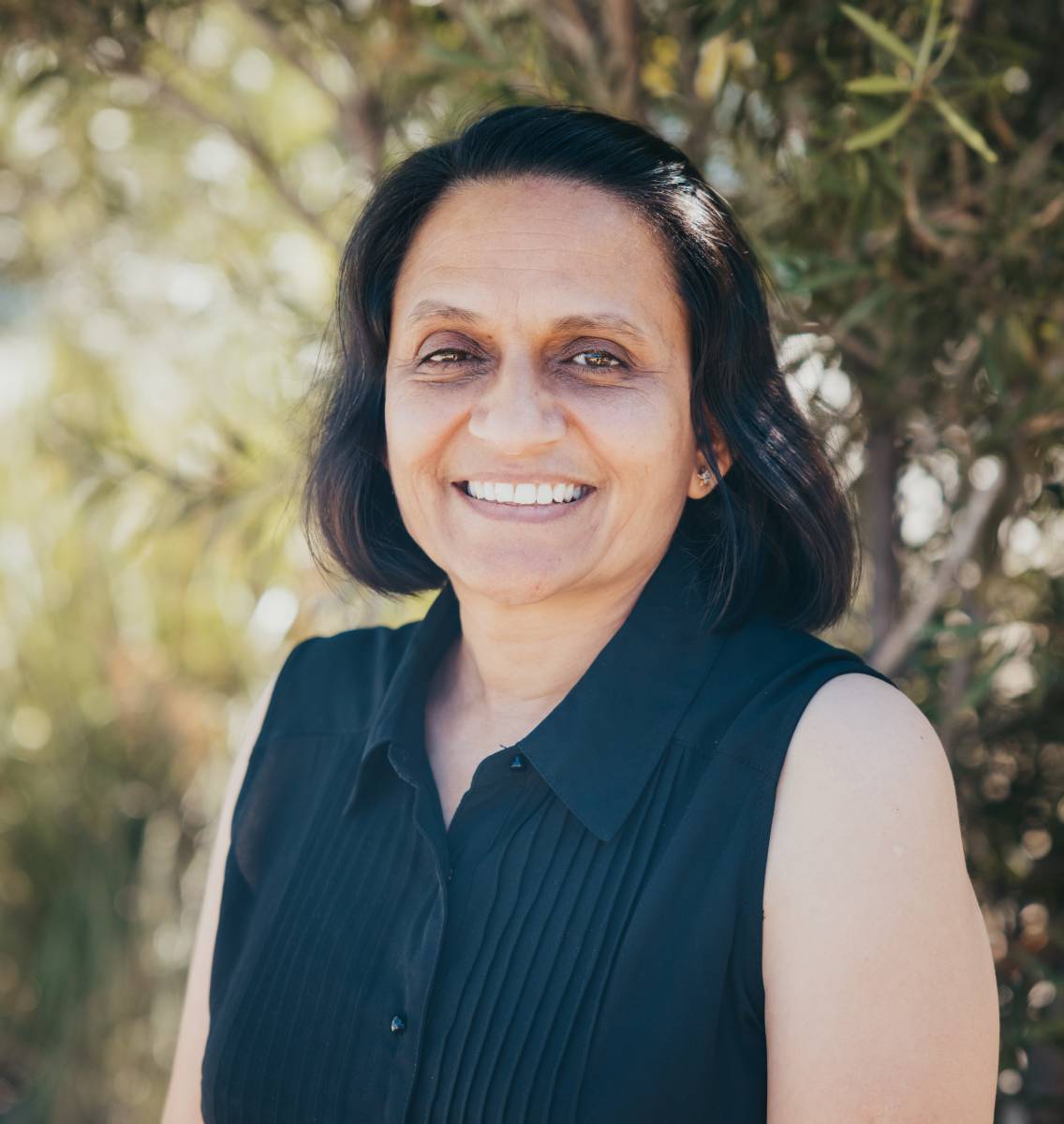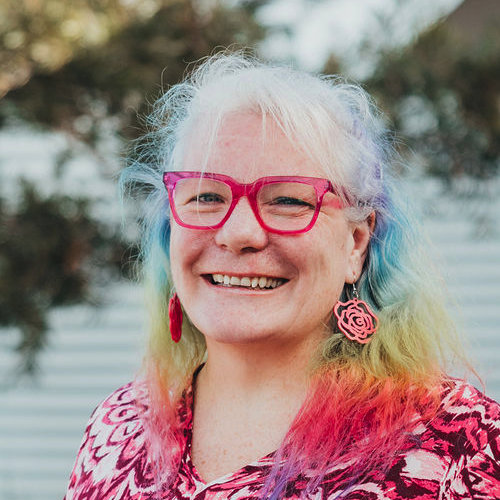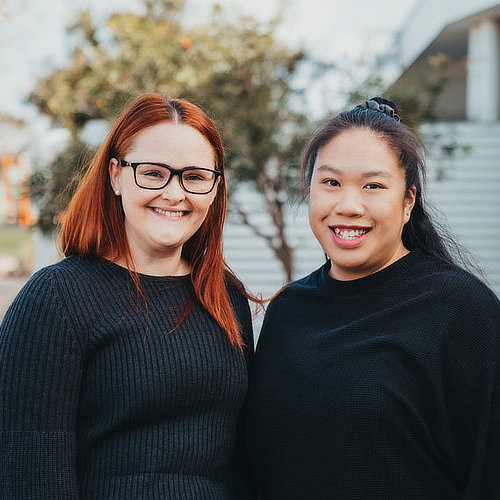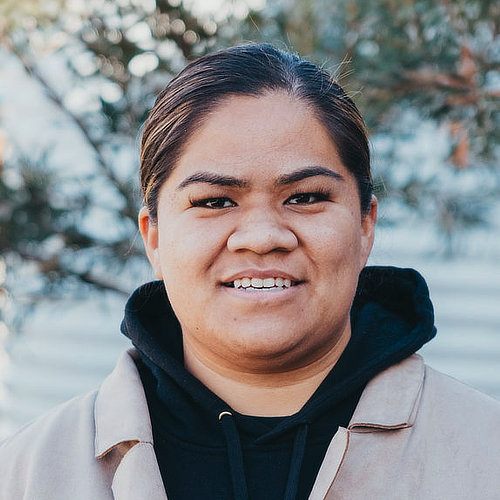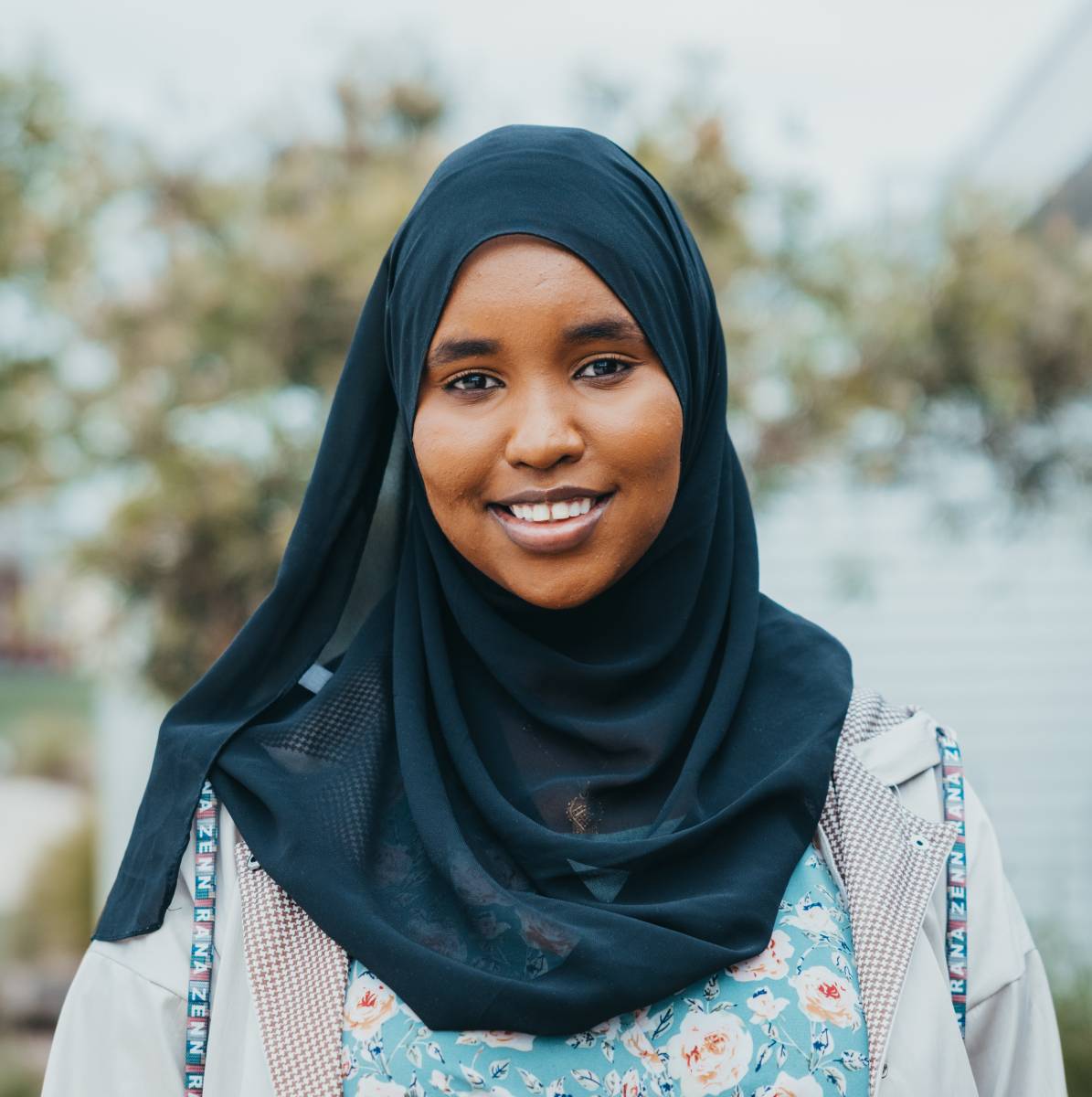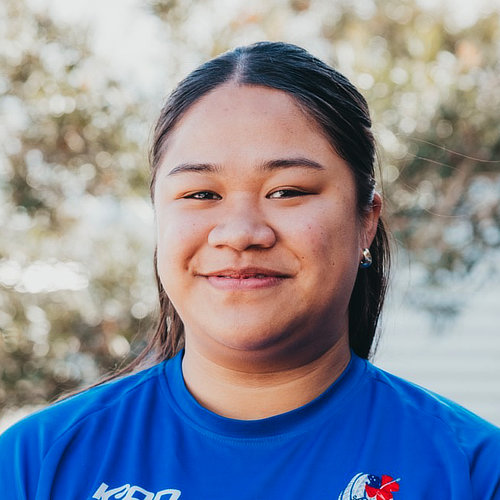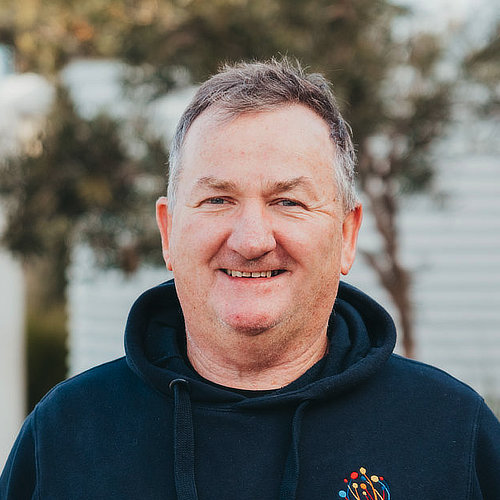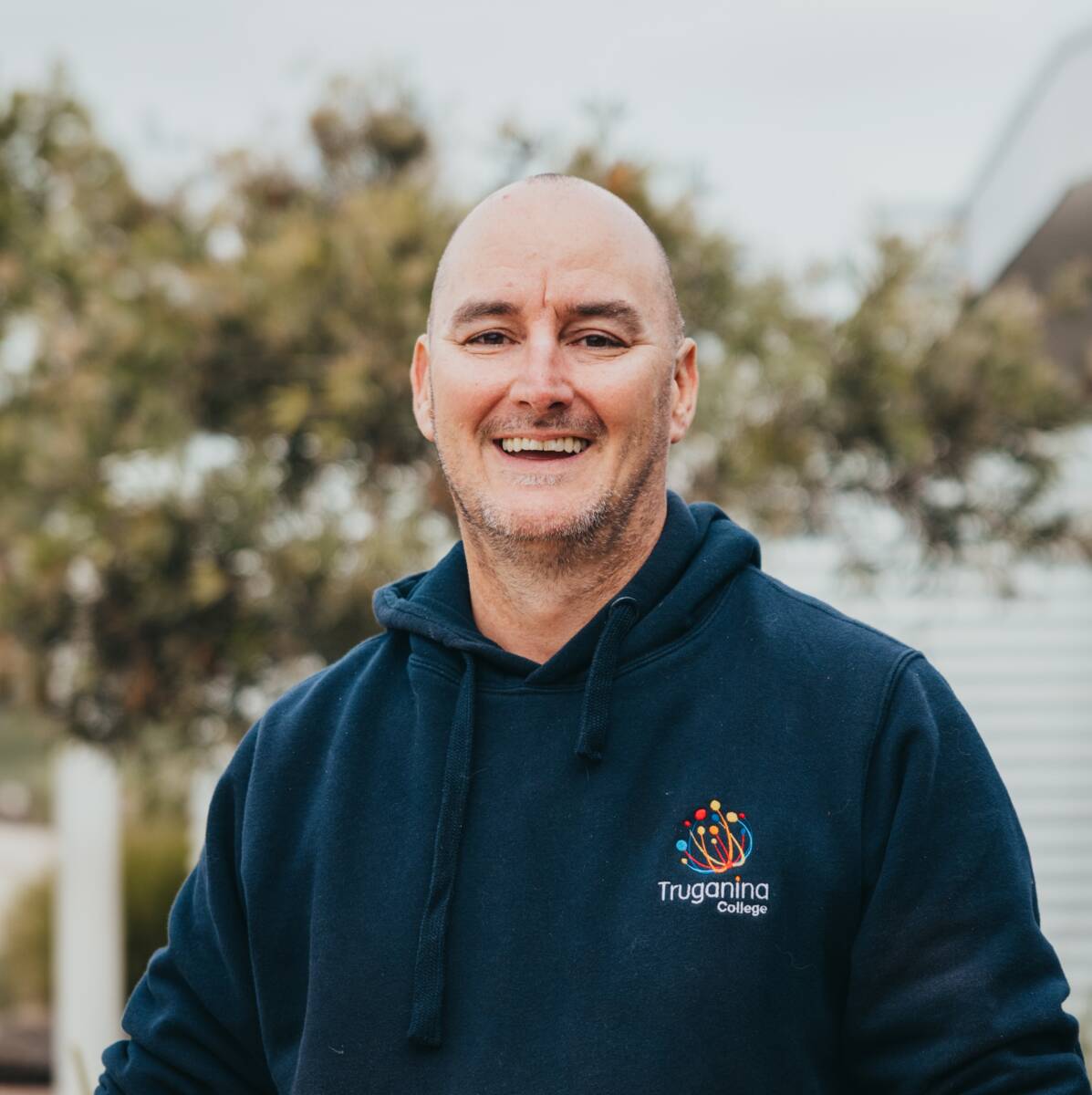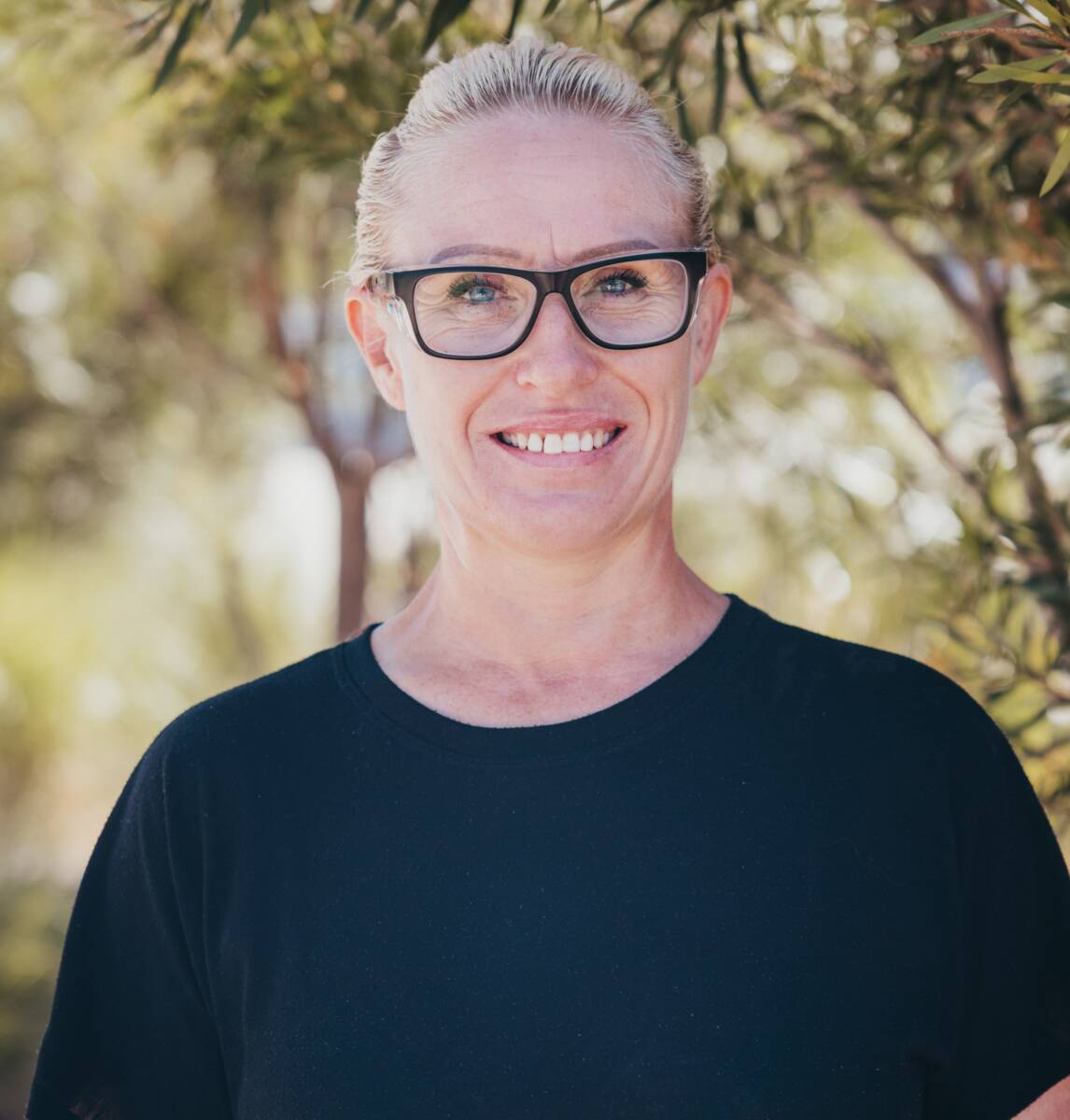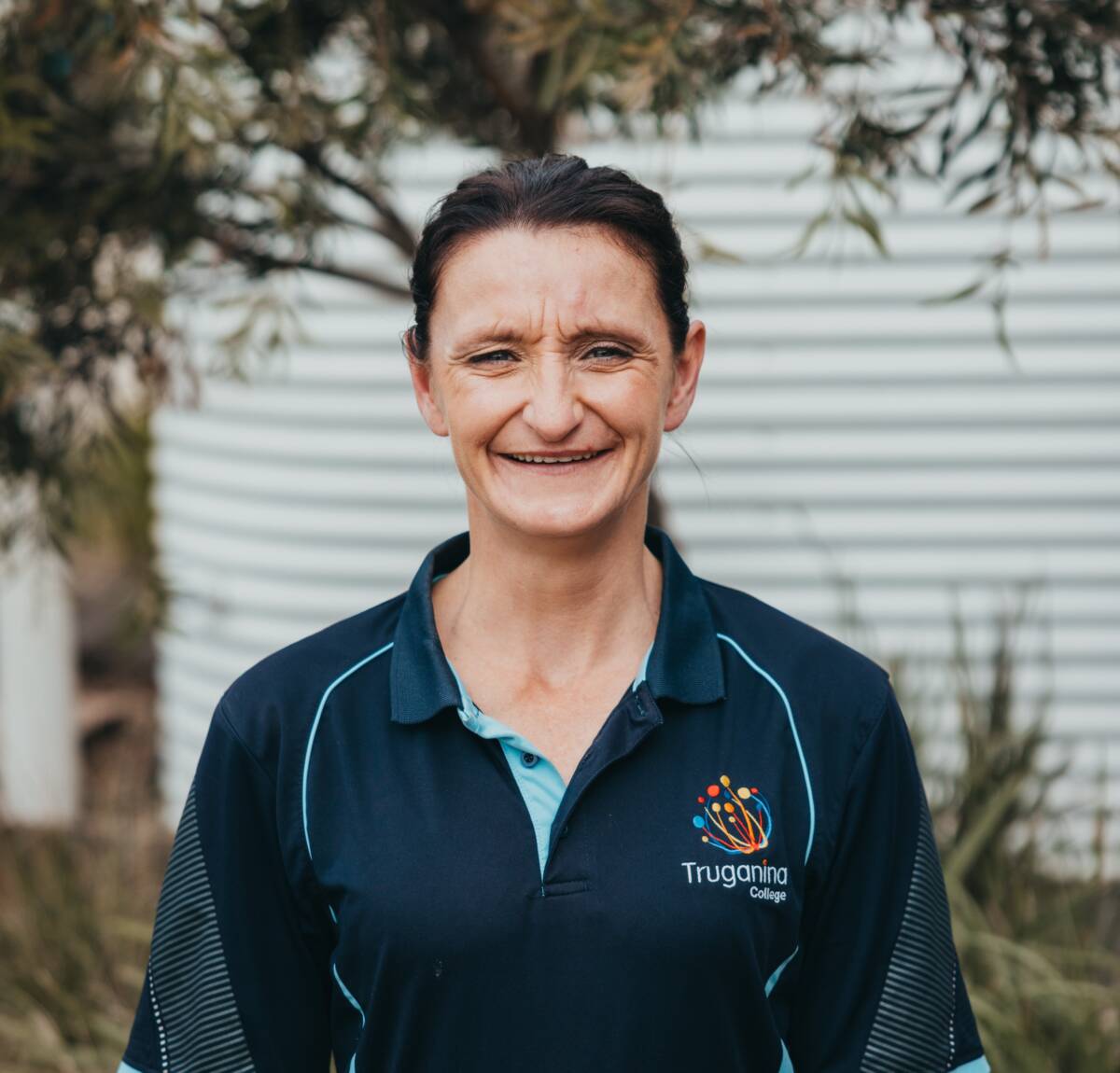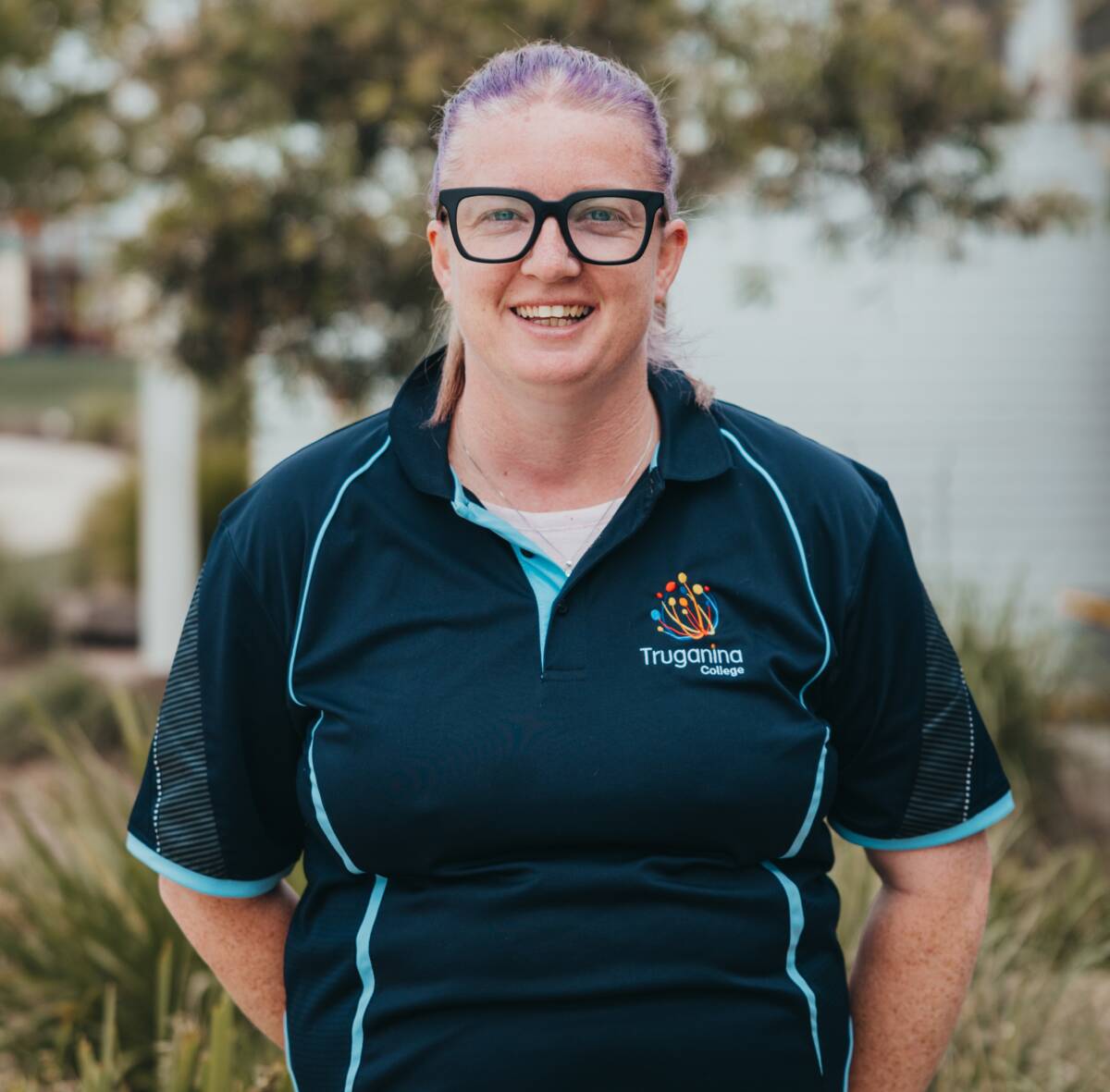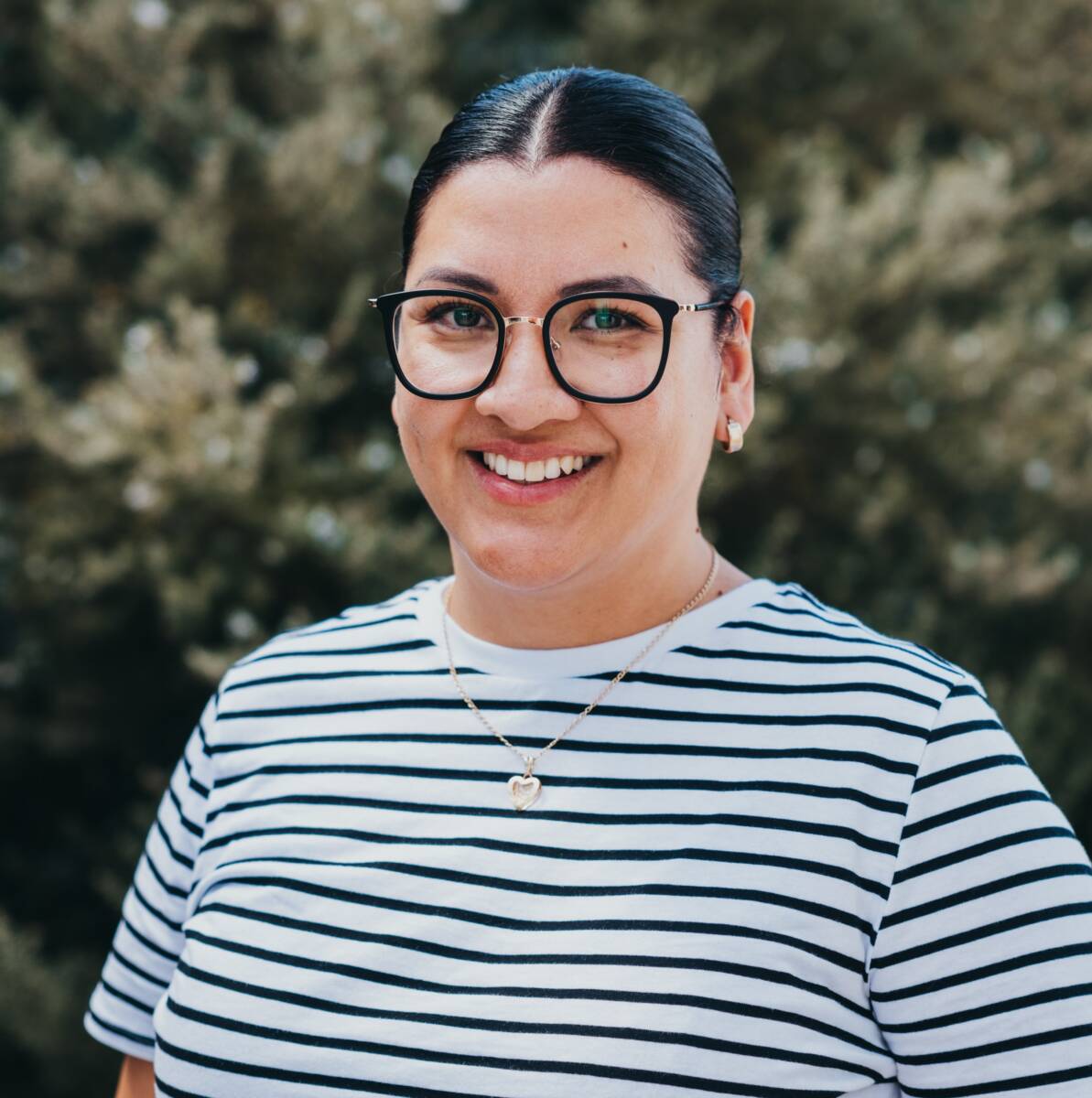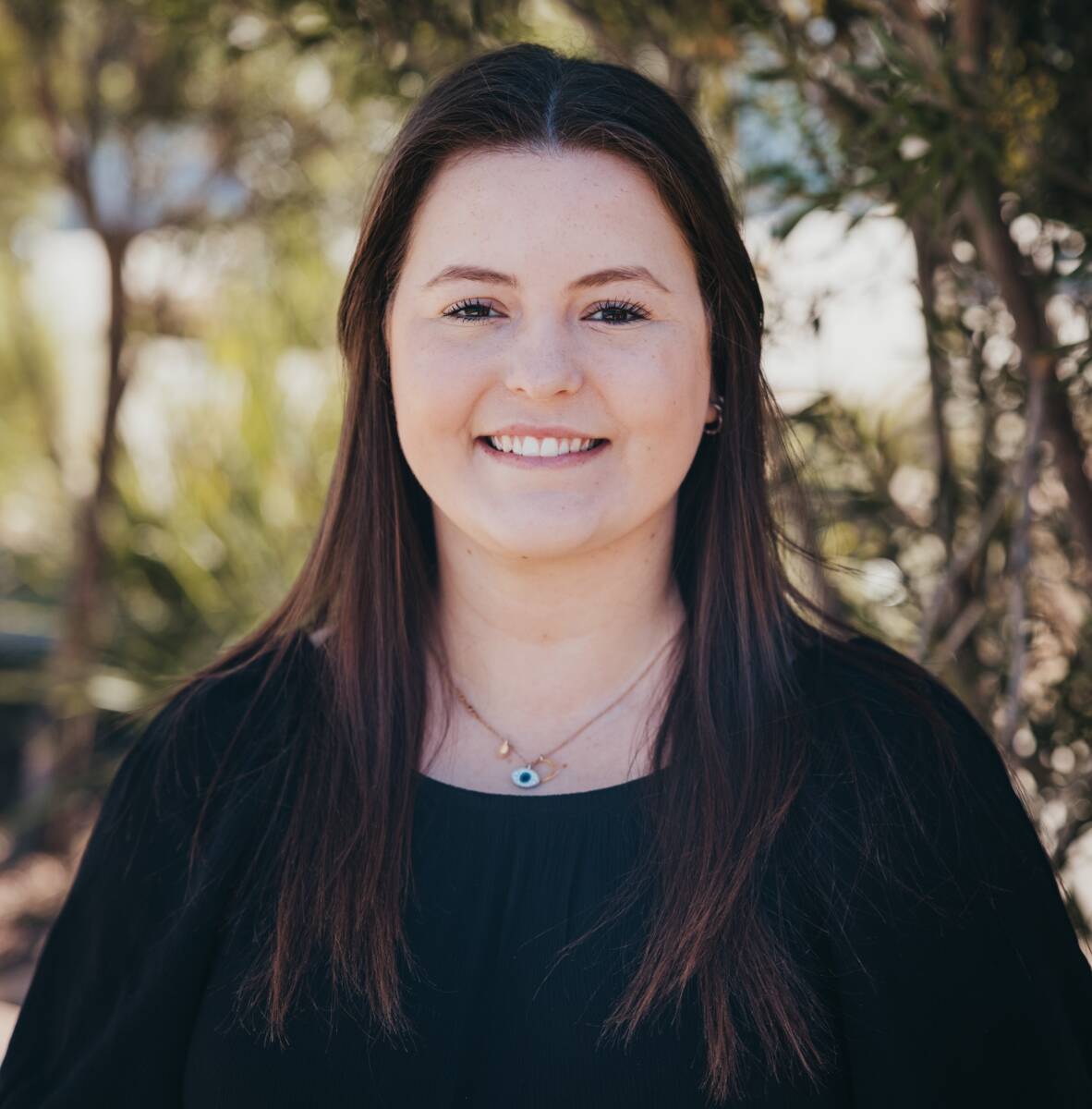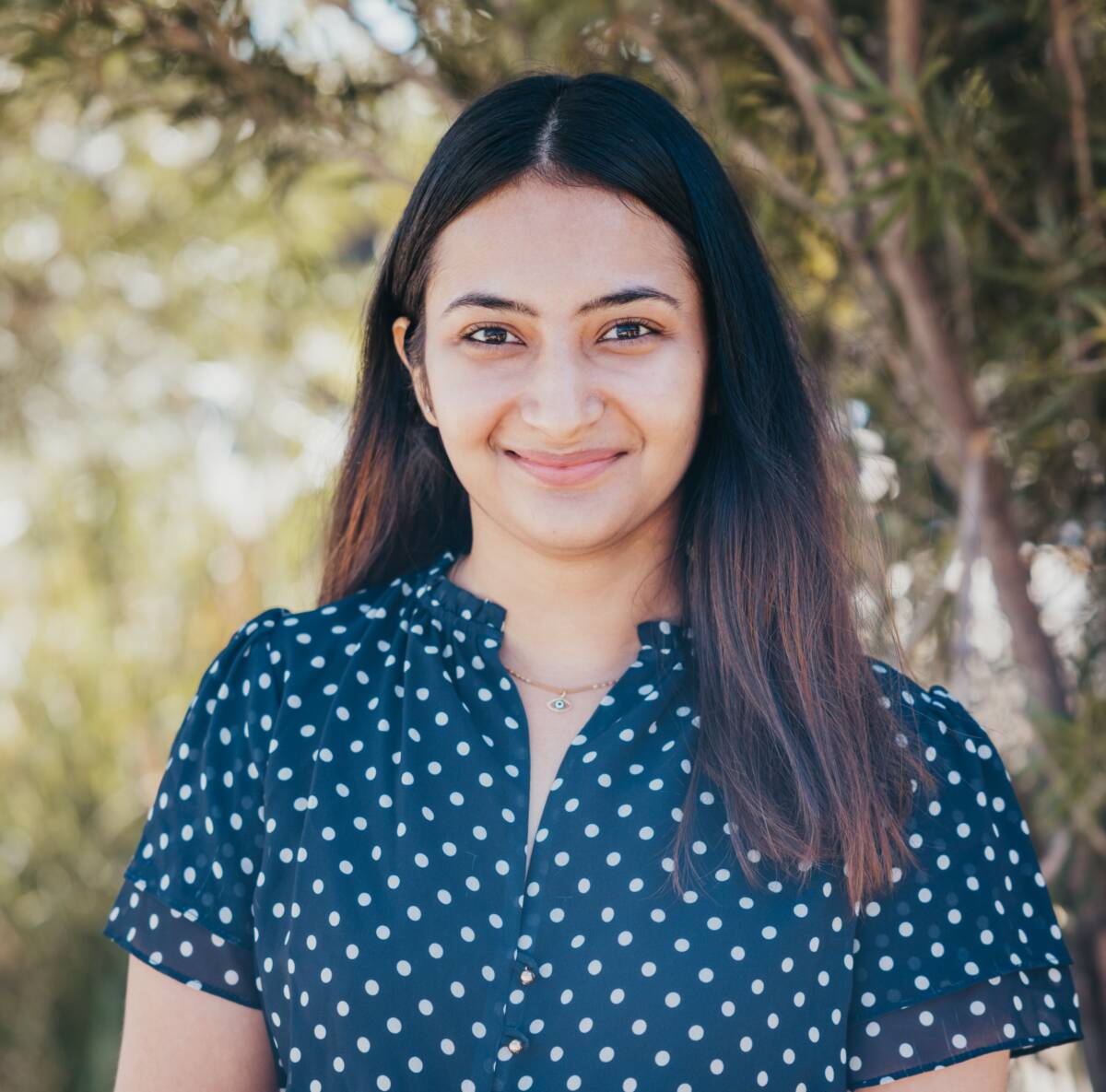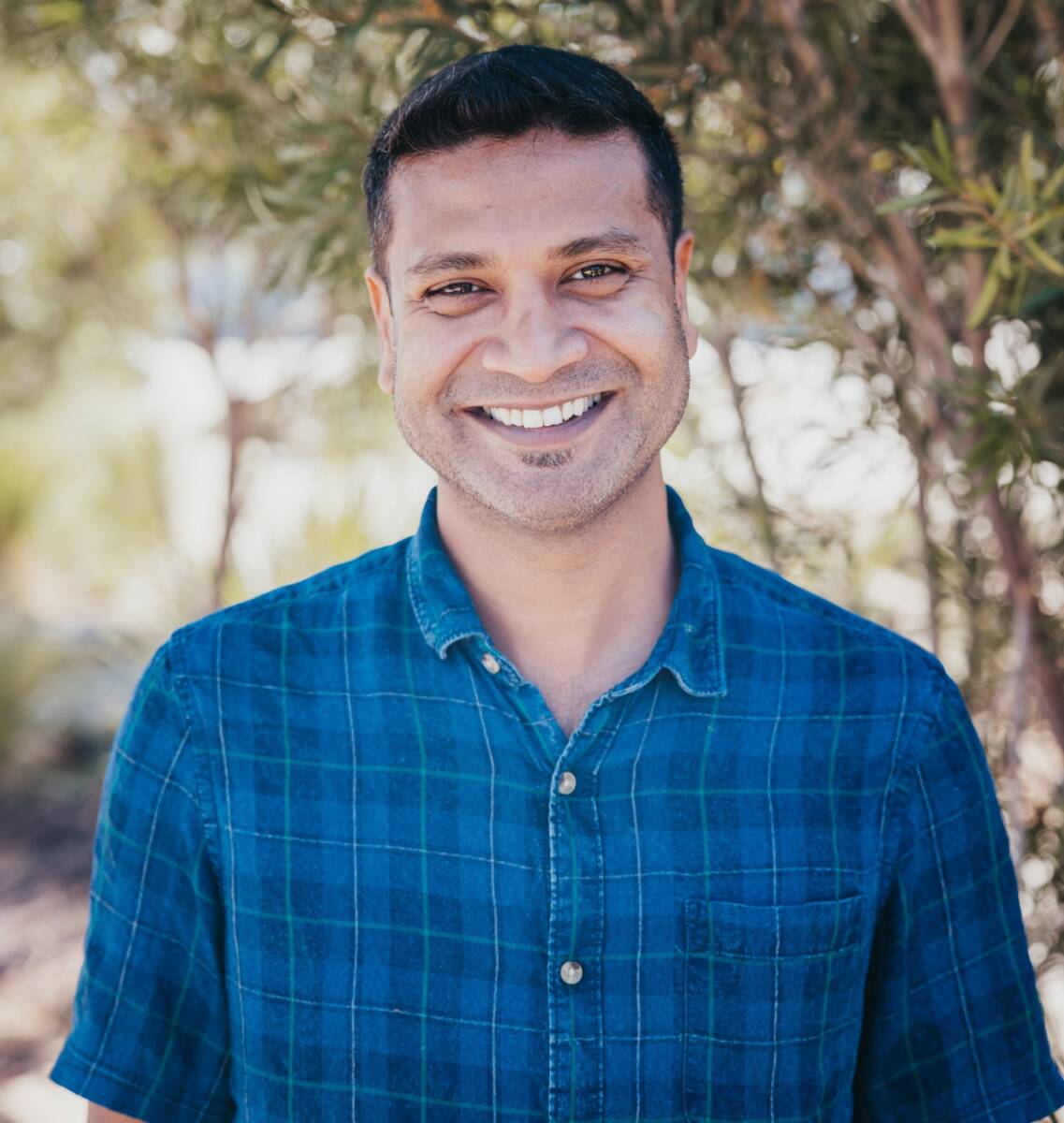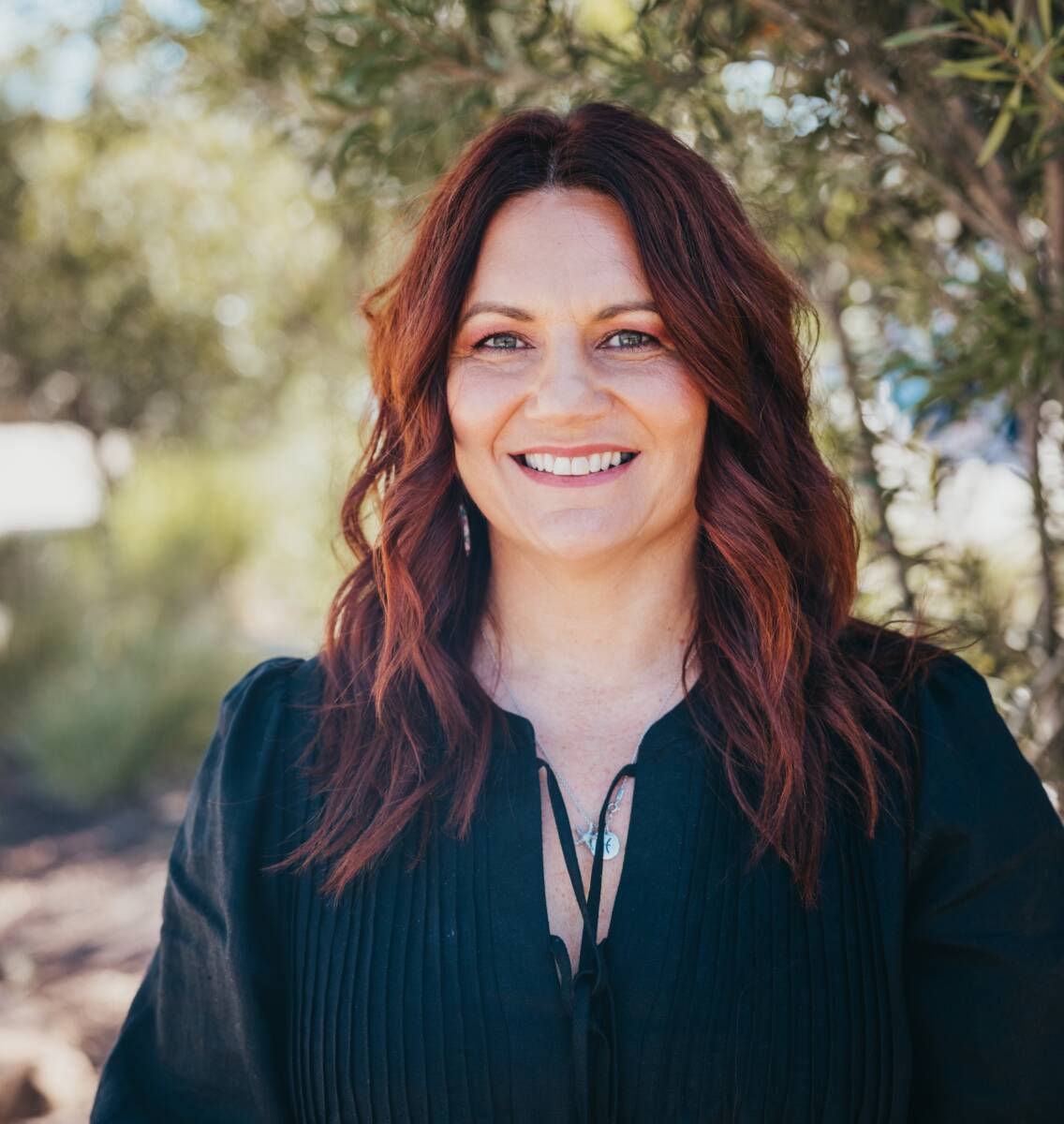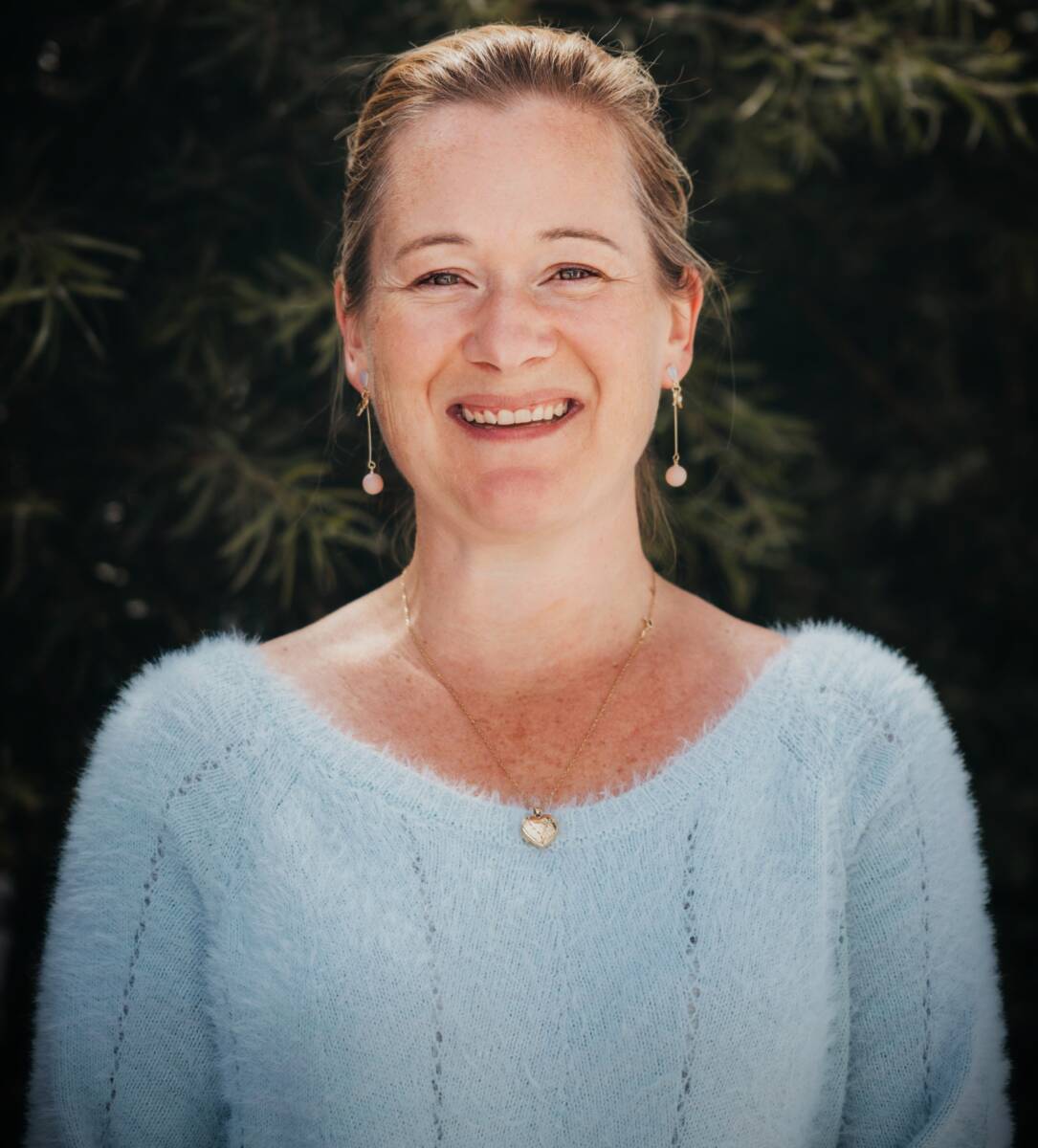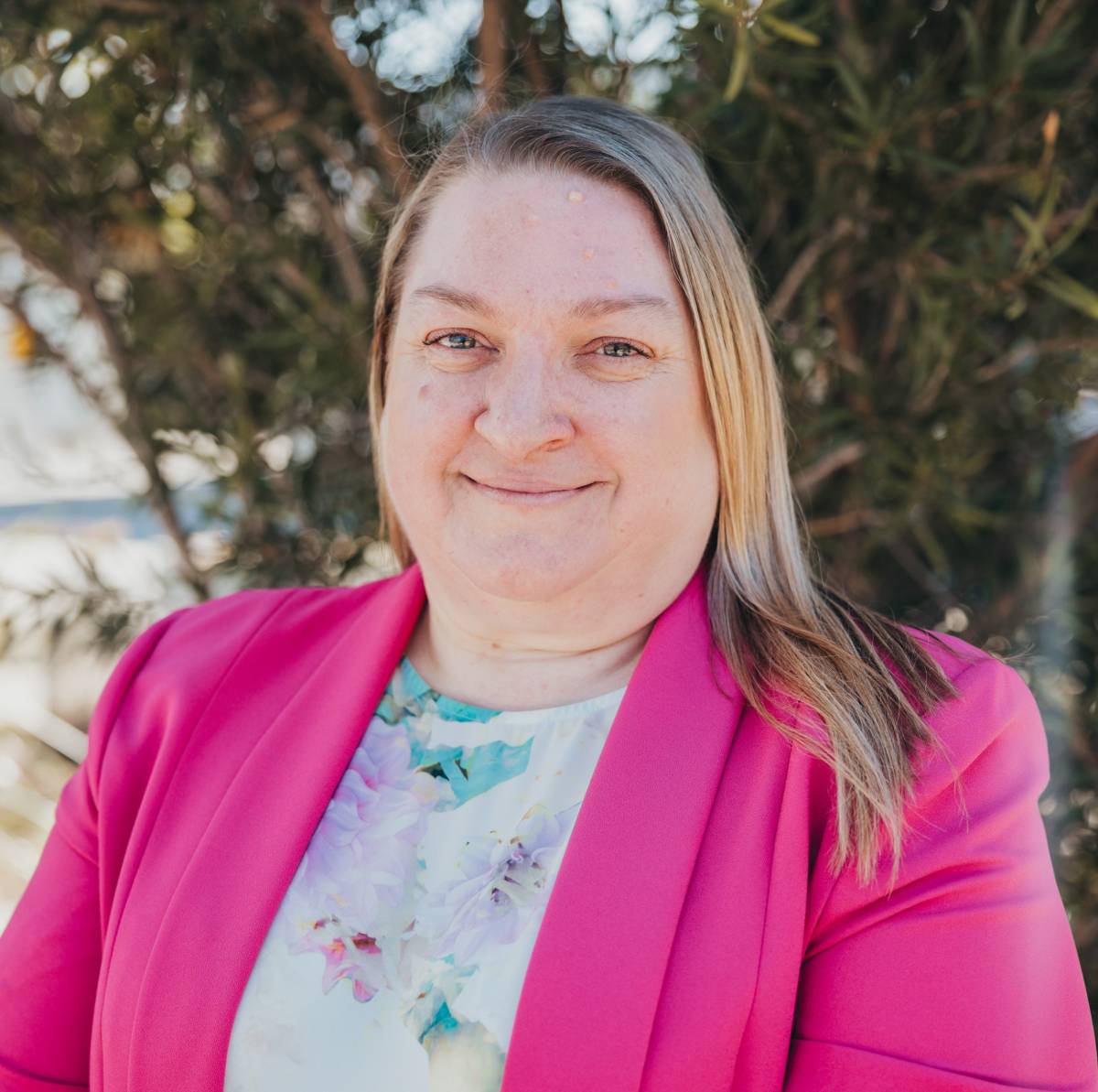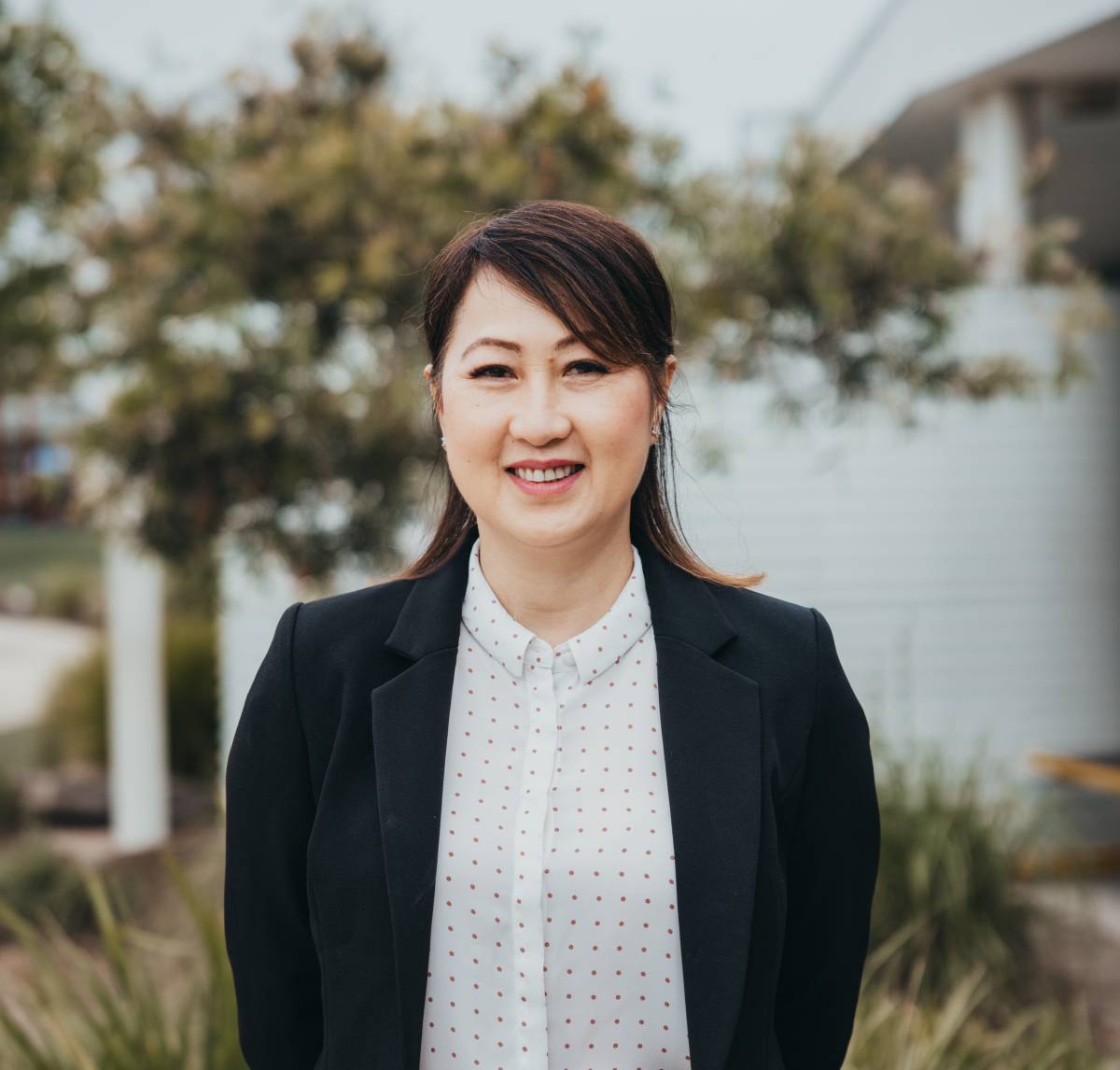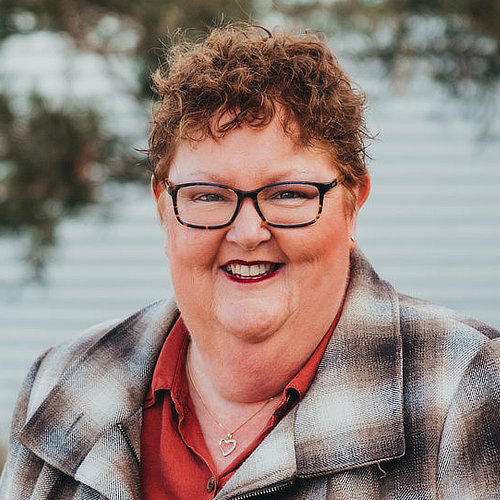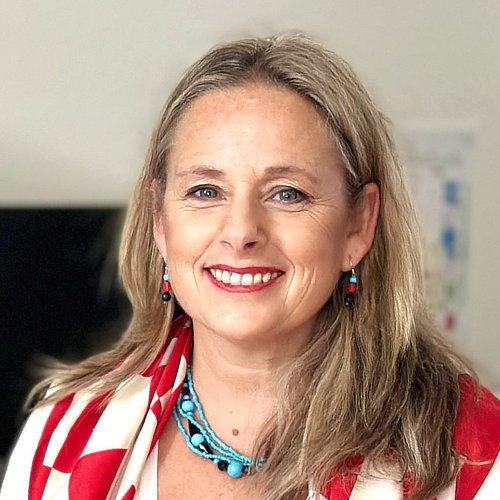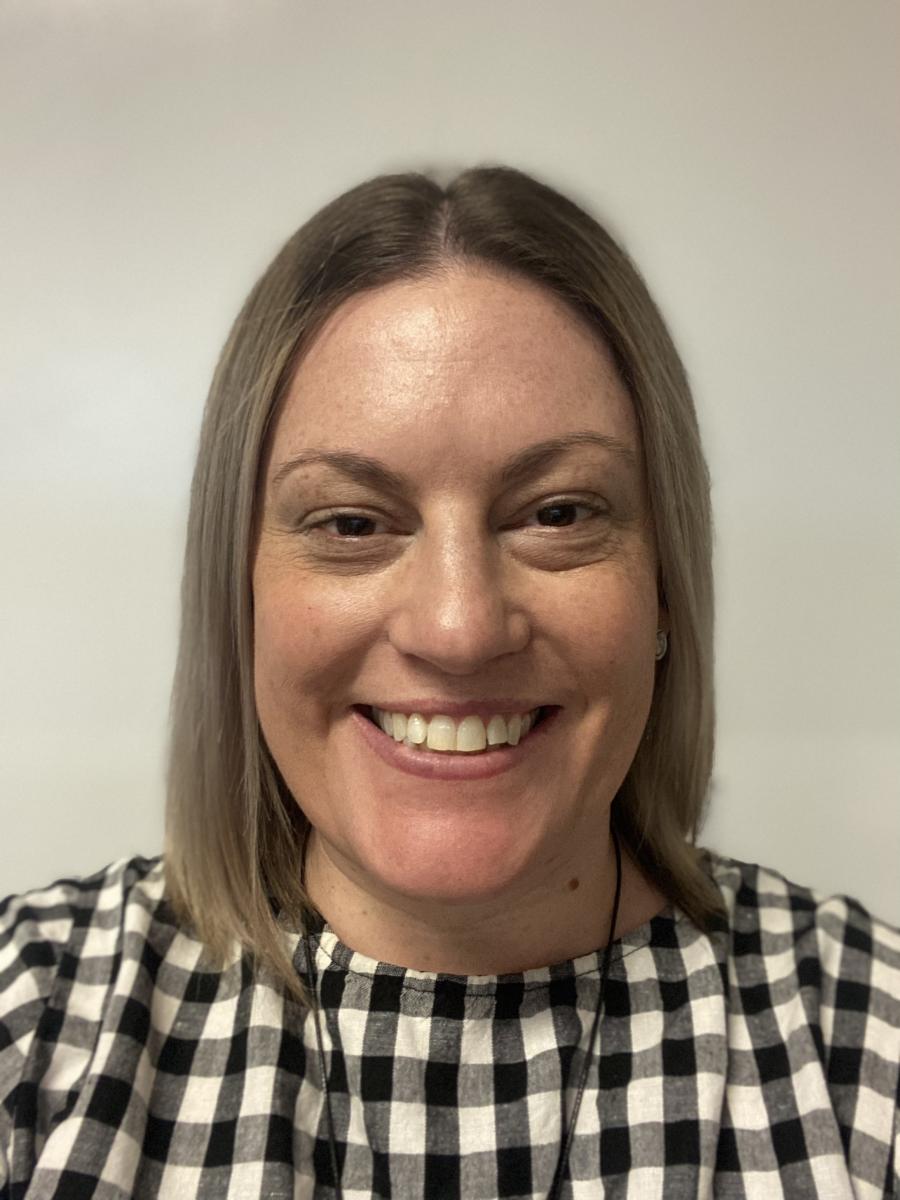At Truganina College effective 21st century style approaches are used across all curriculum areas, with a specific focus of literacy and numeracy. Truganina College provides high quality programs ensuring breadth and depth in all curriculum areas. Staff cater to the individual learning needs of all students.
The school has a culture of high expectations and focuses on strong learning growth for every student.
The design of learning environments reflects the specific requirements of all disciplines and supports a diverse range of active, student centred approaches that are based around the idea of ‘learning to learn’, emphasising such cross-disciplinary skills as critical thinking, problem solving, communication, creativity and team work whilst using information technology to support the learning. The College has high quality teaching, best practice and the development of learning programs that are developmentally age, stage and ability appropriate. The programs enable collaborative interaction between students of different ages, genders and backgrounds.
Improved connections between spaces provide opportunities for collaboration between staff and the strategic observation of staff members in action. It also facilitates teamwork and the important work of professional learning teams.
The learning environment allows students to make decisions about their learning. Great learning environments create these opportunities by making learners responsible for their choices and empowering them with the spaces and options that can make those choices work. Student input into decision-making continues to occur.
Truganina College engages in partnerships, which support the learning and wellbeing needs of students at different developmental stages and the needs of families. Partnerships will involve maternal health centres, kindergartens, local schools, and tertiary providers. The school aims to build strong links with the community. The learning process is a joint effort between the school and the families. The language of learning is used in all interactions with the community.
What does effective 21st century learning look like?
- Learning from each other
- Explicit teaching
- Sharing
- Thinking about thinking and using a variety of thinking strategies
- Reflections
- A variety of learning styles and preferences
- Asking questions
- Developing individualised learning goals
- Giving, receiving and acting on feedback
- Developing responsibility
- Using technology as a tool for learning
- Developing solutions
- Assessment
- Great results
- Exciting, engaging, and empowering

